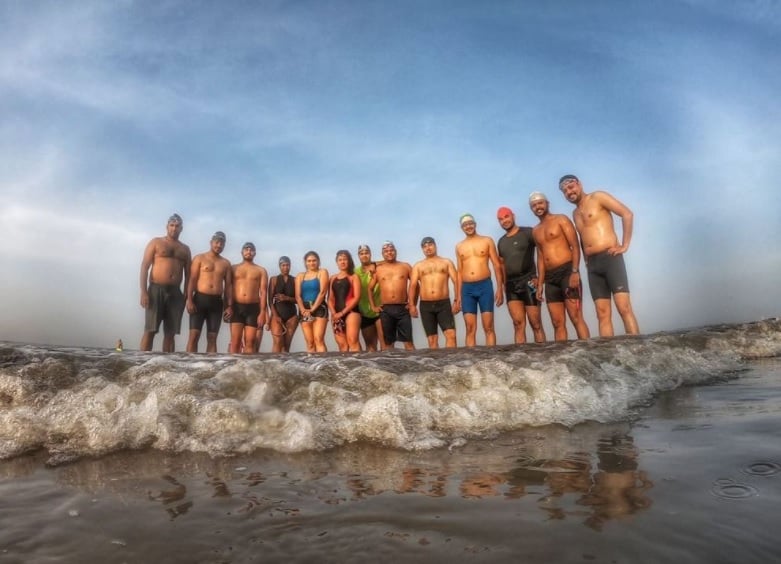
Strength training for triathletes
Strength training or resistance training involves the performance of physical exercises which are designed to improve strength and endurance. It is often associated with the use of weights but can take a variety of different forms.
Strength and conditioning for triathletes
As multisport athletes we try to accumulate as much swim, bike and run hours as possible. However, strength and conditioning for triathletes can be a very effective way to build endurance as well. Not to mention that it also helps to build power and support the body during the grueling training schedule.
To strength train or not to strength train is a question many triathletes ask themselves. Unfortunately, many choose not to, thinking that one more swim, bike or run session will do them more good.
In reality, including strength and conditioning work into the training schedule is a more effective way of building fitness. Especially for endurance athletes.
Strength training has a lot of benefits for triathletes. Among other things, it improves the ability to control and produce force, strengthens joints & stabilizers, improves the neural function (the mind to muscle connection). All of that trains the body to be more resilient and efficient, fatigue less, as well as improve form and prevent injuries during extensive training.
Strength training periodization
Strength and conditioning for triathletes is not just lifting weights, though – there’s more to it. To maximize the adaptation effect the whole process has to be periodized. This helps athletes target specific improvements better and, therefore, optimize their training.
Periodization, essentially, means splitting the overall training plan into several phases, each with its own parameters – type of training, intensity, volume, rest intervals, etc. There are 5 distinct phases to choose from:
Adaptation – building neuromuscular connection and preparing muscles & tendons for the work ahead
Hypertrophy – growing muscle size. Not really relevant for triathletes, as it requires too much time to recover from
Maximum strength – maximizing the force that athletes can produce
Power – training the ability to maintain strength for longer (i.e. translating strength into muscular endurance). This is usually integrated with swim, bike and run training
Strength maintenance – preventing loss of strength during the active season
Typically, endurance athletes start with adaptation phase and move to explosive movements to build strength across the whole body. From there, triathletes might include a brief power phase (to improve the hill climbing ability or speed, for instance) and move into maintenance phase during the competition period.
Strength and conditioning for triathletes in base period
Base period forms the largest part of the training process for triathletes, often covering 50% to 60% of the season. During this period athletes create foundation (hence the phase name) that helps them withstand extensive training & racing.



